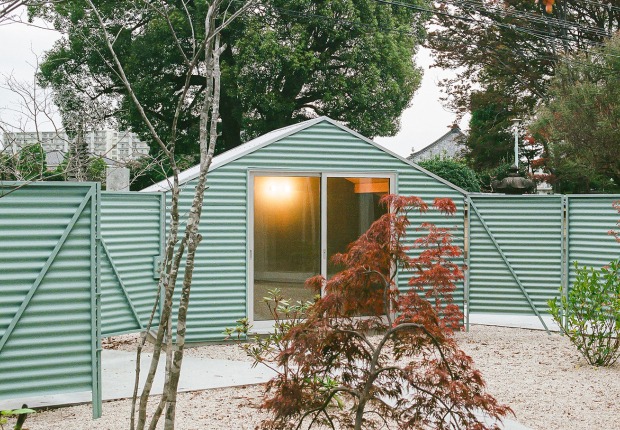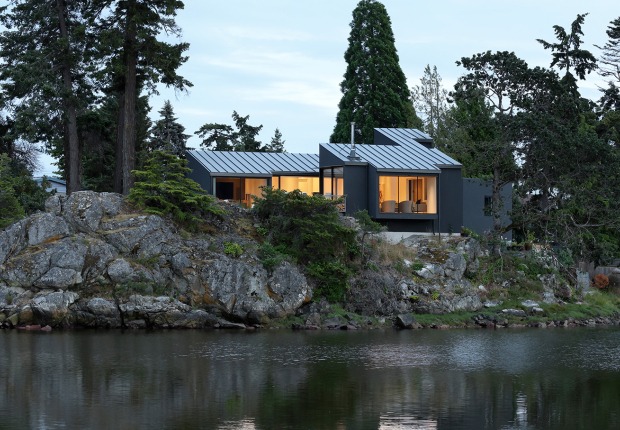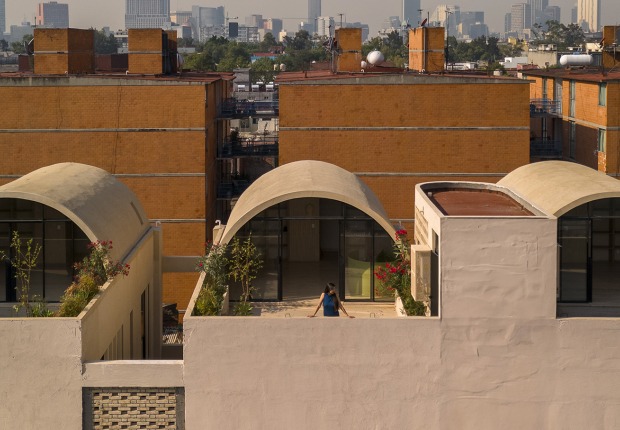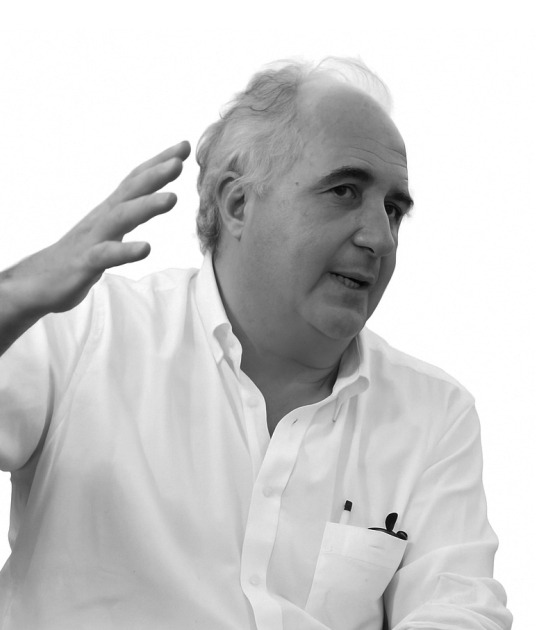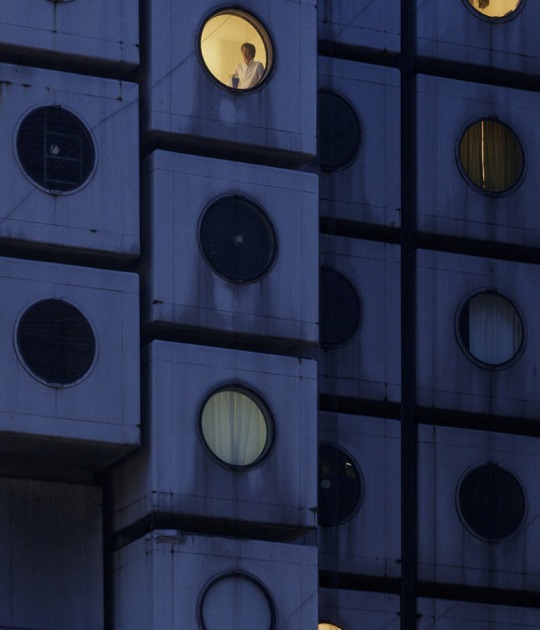Philip Johnson’s 1946 Booth House, in Bedford, New York was designed for Richard and Olga Booth, a young couple who wanted a weekend house near Manhattan. Award winning architect and pioneering architectural photographer Robert Damora (1912 -2009) and architect Sirkka Damora purchased the house in 1955 for $23,500, thinking of it as temporary housing until they could build a home of their own design, however they never left and they lived there for 55 years.
In 2010, 62 years after arriving at the house, at age 93 Sirkka finds the rural life there difficult to manage physically, and she is financially unable to continue in the house, the widowed Sirkka Damora put the 1,440-square-foot (134 m²) house, an 800-square-foot (74 m²) studio building, and their 1.92-acre (0.78 Ha) lot up for sale, with an asking price of $2 million.
The spare elegance of the Booth House evoked a simple, informal, unencumbered life style that suited them: they never left. When you find environment that soothes your soul there is little motivation to move on. The house's concrete block and plate glass exterior is supported by steel beams and columns, and its interior features a large masonry fireplace. Its design was influenced by Johnson's mentors. Landis Gores described the house as a "cross-breed in concrete block between [Johnson's] Lincoln project for [Professor] Bogner and [Le Corbusier's] De Mandrot house from which it had taken its origin: a raised podium."
The house includes many design features that are similar to the Glass House. With the assistance of his associate Landis Gores, Johnson studied the two projects simultaneously. Both houses are situated on broad grass covered podiums; their plans revolve around massive brick fireplaces which impart order to areas of differing function in large open spaces; and both designs stem from an appreciation of large walls of floor to ceiling glass. Sirkka Damora, who worked closely as an editor with Katherine Morrow Ford at House and Garden Magazine in the 1940’s, has written: “The Mies hallmark of reductive rectilinear design with minimal interruption in the flow of space within a building and out to the exterior landscape was clearly evident in Johnson’s architecture of the period”. Johnson himself commented to Robert A.M. Stern: “It’s funny, you get an idea early on in your work and it persists… it carried right through from the Booth House”.
But unlike the Glass House, the Booth house has private rooms too, and generous storage, attributes essential to everyday family living. Perhaps the Booth House may be regarded as the Glass house and its adjacent Guest / Brick House merged into a single building.
To help raise a family, in the 1960’s the Damoras expanded the original 1450 sq. ft. house ̶ without altering the original design ̶ to 2320 sq. ft. by adding a subterranean lower level open through a glass wall to a sunken court. To provide ample space for their professional activities, they also built a separate 800 sq. ft. heated studio building with a huge skylight and glass wall in a similar idiom as the house.
In 2010, 62 years after arriving at the house, at age 93 Sirkka finds the rural life there difficult to manage physically, and she is financially unable to continue in the house, the widowed Sirkka Damora put the 1,440-square-foot (134 m²) house, an 800-square-foot (74 m²) studio building, and their 1.92-acre (0.78 Ha) lot up for sale, with an asking price of $2 million.
The spare elegance of the Booth House evoked a simple, informal, unencumbered life style that suited them: they never left. When you find environment that soothes your soul there is little motivation to move on. The house's concrete block and plate glass exterior is supported by steel beams and columns, and its interior features a large masonry fireplace. Its design was influenced by Johnson's mentors. Landis Gores described the house as a "cross-breed in concrete block between [Johnson's] Lincoln project for [Professor] Bogner and [Le Corbusier's] De Mandrot house from which it had taken its origin: a raised podium."
The house includes many design features that are similar to the Glass House. With the assistance of his associate Landis Gores, Johnson studied the two projects simultaneously. Both houses are situated on broad grass covered podiums; their plans revolve around massive brick fireplaces which impart order to areas of differing function in large open spaces; and both designs stem from an appreciation of large walls of floor to ceiling glass. Sirkka Damora, who worked closely as an editor with Katherine Morrow Ford at House and Garden Magazine in the 1940’s, has written: “The Mies hallmark of reductive rectilinear design with minimal interruption in the flow of space within a building and out to the exterior landscape was clearly evident in Johnson’s architecture of the period”. Johnson himself commented to Robert A.M. Stern: “It’s funny, you get an idea early on in your work and it persists… it carried right through from the Booth House”.
But unlike the Glass House, the Booth house has private rooms too, and generous storage, attributes essential to everyday family living. Perhaps the Booth House may be regarded as the Glass house and its adjacent Guest / Brick House merged into a single building.
To help raise a family, in the 1960’s the Damoras expanded the original 1450 sq. ft. house ̶ without altering the original design ̶ to 2320 sq. ft. by adding a subterranean lower level open through a glass wall to a sunken court. To provide ample space for their professional activities, they also built a separate 800 sq. ft. heated studio building with a huge skylight and glass wall in a similar idiom as the house.
The Damora family can be reached at r.damora@verizon.net and 718-230-8858.







